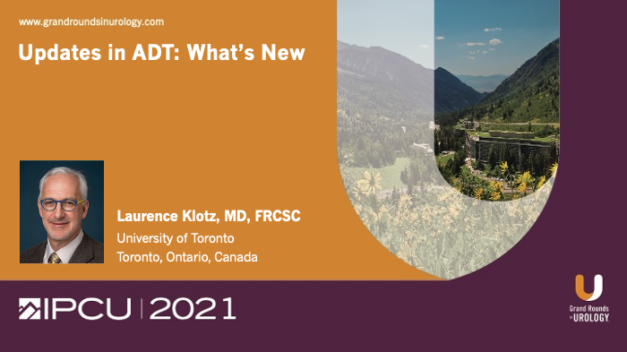Updates in ADT: Managing Adverse Effects
Laurence Klotz, MD, FRCSC, Professor of Surgery at the University of Toronto and the Sunnybrook Chair of Prostate Cancer Research at Sunnybrook Health Sciences Centre, reviews simple interventions physicians can use to improve quality of life and survival as well as to ameliorate unwanted side effects in prostate cancer patients undergoing androgen deprivation therapy (ADT). He explains that there are many commonly known and relatively manageable adverse effects to ADT, but that many family practitioners may not be aware of or interested in dealing with them. The responsibility therefore falls to urologists. Dr. Klotz then discusses the available and developing interventions, as well as the mechanisms of action that underlie them. First, he looks at how statins reduce the adverse effects of metabolic syndrome related to ADT by inhibiting cellular uptake of androstenediol and therefore reducing the substrate available for testosterone synthesis in the castrate environment. Dr. Klotz then considers the benefits of bisphosphonates and monoclonal antibodies like denosumab in helping with osteoporosis, another common side effect of ADT. He also looks at metformin, an inexpensive drug that appears to reduce weight gain in men on ADT, and notes that exercise is an effective way to delay progression of prostate cancer. Dr. Klotz then presents evidence supporting the use of GnRH antagonists to reduce cardiovascular events in men on ADT and discusses new research regarding the role of FSH in obesity.
Read More
